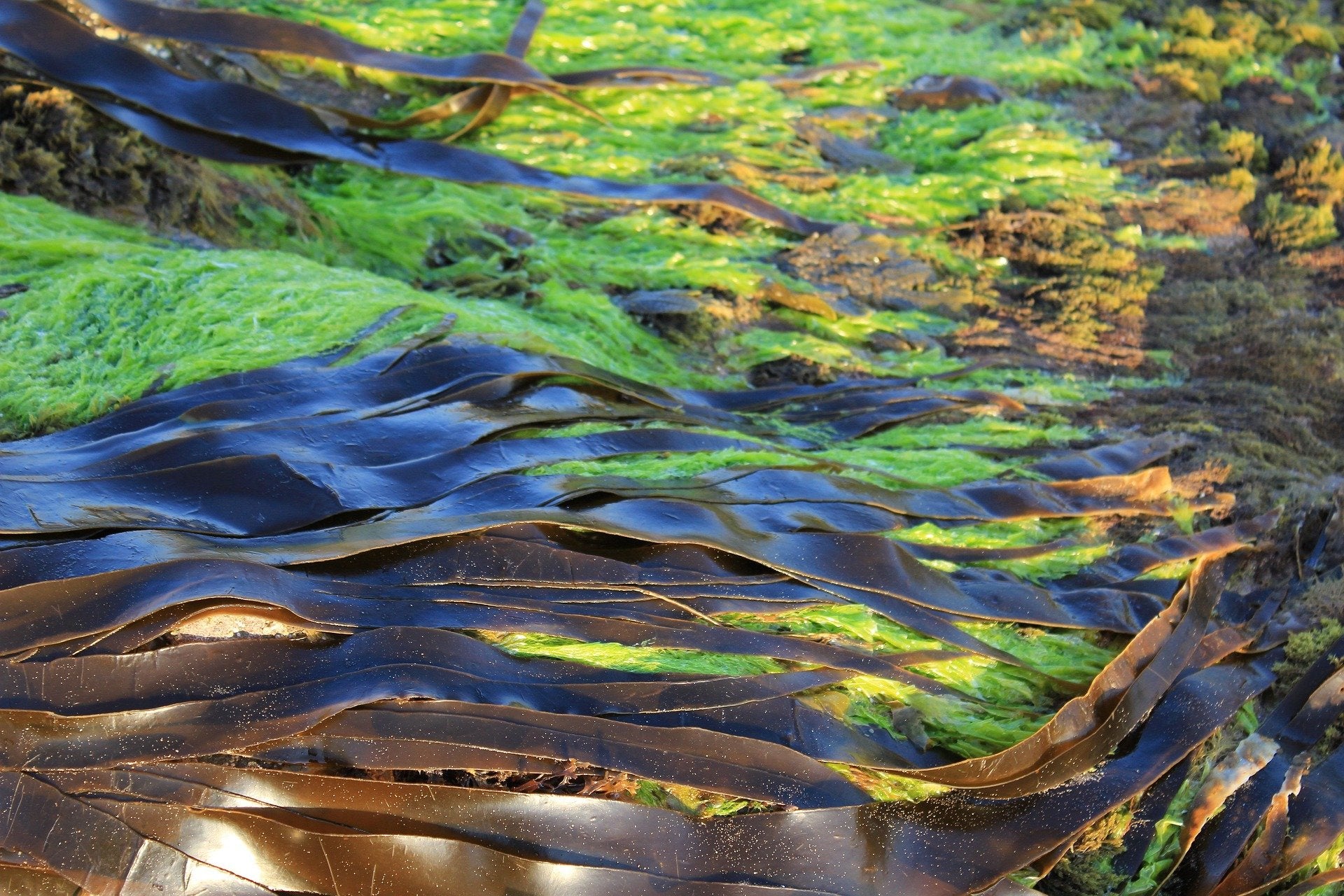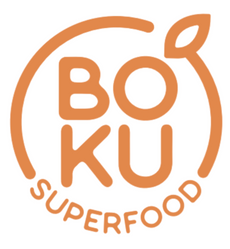
When you think of seaweed and algae, what comes to mind?
Most likely you’re picturing something green and slimy. If you’re taking a walk on the beach, seaweed is something that washes ashore that you do your best to avoid stepping on.
Algae is a nuisance, a mossy substance that detracts from the idyllic setting of a pond, lake or stream. Seaweed & algae (which could be the name of a new hip seafood restaurant) are certainly nothing most people would consider putting in their mouth, at least not raw like you would a piece of fruit or lettuce.
But consuming seaweed and algae (seaweed is a type of algae; algae can grow in freshwater or the sea; seaweed only grows in the ocean) on a regular basis is one of the healthiest things you can do. Algae is absolutely a superfood.
And we’ve got an incredibly easy solution for consuming it on a regular basis without having to cringe from the slippery, slimy, oceany or pondwater mouthfeel and taste.
In this article, we’ll highlight three of the most common types of edible algae: spirulina, chlorella and kelp.
What Are The Benefits of Spirulina?
Ever hear of blue-green algae? That’s spirulina. Spirulina is mostly sourced from lakes. For those who eat plant-based diets, spirulina’s claim to fame is that ounce for ounce, it’s super high in protein. In fact, spirulina is approximately 60% protein. Just one tablespoon of dried spirulina contains 4 grams of protein. That makes spirulina much denser in protein than practically any veggie grown on terra firma.
But there’s far more to spirulina than its protein content. It’s also loaded with other nutrients, including vitamins and minerals, and trace minerals that most people don’t give two thoughts about but yet are so vital for optimal health such as chromium, manganese, and selenium.
Algae, in general, is like Mother Nature’s multi-vitamin/multi-mineral supplement. Spirulina is also rich in vitamin A precursor beta-carotene and GLA, an essential amino acid.
But lots of regular, everyday fruits and veggies support overall health. What makes spirulina special? A meta analysis of 7 random-controlled clinical trials in Clinical Nutrition concluded that supplementing with spirulina had a significant effect in lowering total cholesterol, so-called “bad” LDL cholesterol, and triglycerides. The cherry on top: spirulina also raised “good” HDL cholesterol.
Another analysis of several spirulina studies concludes that algae “has a favorable effect on select cardiovascular and metabolic biomarkers in humans.” This not only includes cholesterol but also blood sugar and blood pressure management.
Research also suggests that spirulina has antioxidant, anti-inflammatory, antitumor, antiviral, and antibacterial activities. “In clinical practice, several studies are focusing on the potential effects of spirulina on the prevention and treatment of cardiovascular disorders due to its high antioxidant activity.”
What Are The Benefits of Kelp?
Kelp is a seaweed. Unlike the green seaweed that’s to a sushi roll what a bun is to a hamburger, kelp is brown. If you’ve ever been to the ocean and stepped on a little round bulb of seaweed and popped it, that’s kelp.
Often referred to as “a herb from the sea” kelp, like spirulina and all other types of edible algae is incredibly nutrient-dense. In fact, kelp contains traces of every known mineral and element. That’s why we like to say, there’s more to the story than the facts on the nutrition label; the phytonutrient story of kelp, absent from nutrition labels, reveals impressive health-supporting properties.
For instance, kelp is rich in iodine. Consuming enough iodine is vital for the health of your thyroid gland, which controls your metabolism. Iodine helps the thyroid gland
convert nutrients into energy.
Although all edible algae can support your overall health, brown algae from the sea like kelp contains the highest amount of antioxidant capacity, in comparison to red and green algae.
Like spirulina, kelp exerts a positive influence on blood sugar levels. It does this by slowing down the digestion of carbohydrates; simple sugars don’t burn up as quickly. This in turn leads to lower post-meal A1C glucose levels.
Brown seaweeds like kelp have demonstrated anti-aging benefits, including anti-wrinkling and hair-growth-promotion properties.
There’s Nothing Vulgar About Chlorella
This study on Chlorella vulgaris, a fresh-water green microalgae, lists a plethora of unique, diverse and functional macro- and micro-nutrients including proteins, omega-3 fatty acids, polysaccharides, carotenes, vitamins and minerals.
Supplementing with chlorella can help manage high blood sugar and high cholesterol. Studies suggest it may also protect against chronic health conditions.
In addition, chlorella can help you detox from heavy metals and pesticides by binding to toxic substances.
Chlorella also supports the beneficial bacteria in your gut.
How To Get The Benefits Of Algae Without Eating The Slimy Stuff
You may already be consuming seaweed on a daily basis without knowing it. And no, we’re not talking about sushi rolls. (If you eat sushi every day your gut will likely bloat from all that rice, plus you’ll go broke!)
Our flagship product, organic Superfood Powder, contains BoKU Super Algae, containing spirulina, kelp and chlorella. Like all the other 52 superfood ingredients in Superfood Powder, the Super Algae are harvested, dried and powdered to preserve their maximum nutrient potential. Superfood Powder floods your cells with the world’s most potent and health-supporting phytonutrients. Don’t worry, there’s no seaweed taste to the powder. This green powder tastes delicious. It’s sweetened with Vermont maple syrup yet contains less than one gram of sugar per serving.
All the benefits from algae. None of the texture and taste. Now that’s sweet!
How To Use BoKU Superfood Powder with Super Algae
It’s simple. Start each morning off by adding one scoop (scoop provided) of Superfood Powder to water or to a non-dairy milk alternative. For best results purchase a BokU stainless steel shaker bottle for the smoothest Superfood shake. As we like to say, super nutrition is as easy as “Shake it and take it.”
If you want to maximize your weight loss potential, try intermittent fasting. Simply don’t eat or drink anything with calories for at least 12 hours in between dinner and breakfast. Hopefully, you’re sleeping for at least 7-8 hours, so it’s really not that hard to go 12 hours or longer. When you break your fast, break it with Superfood powder shake.
You can make your Superfood shake a complete meal by adding a scoop of Superfood Protein. The complete meal shake will fill you up; you can at least another hour before eating your first meal of the day.
